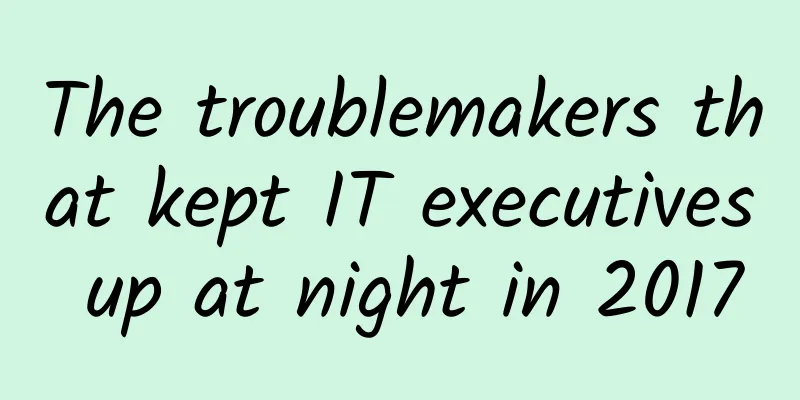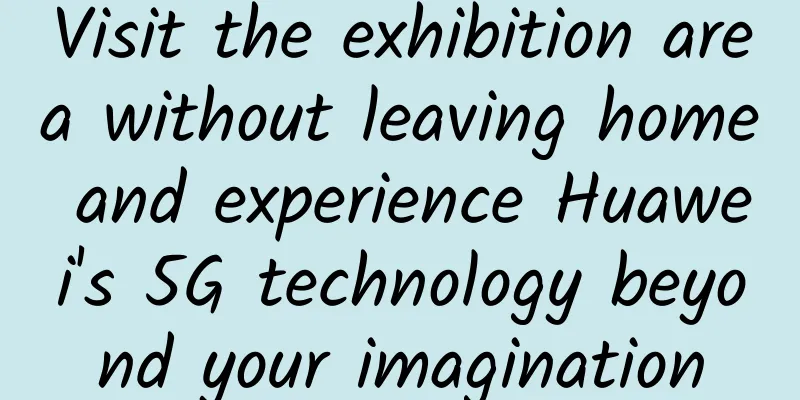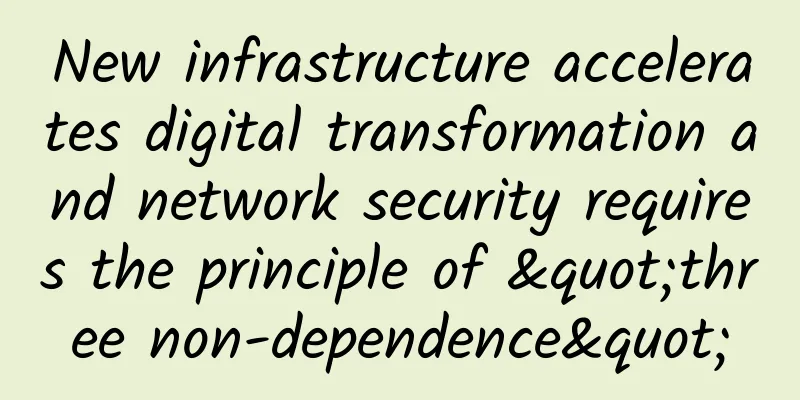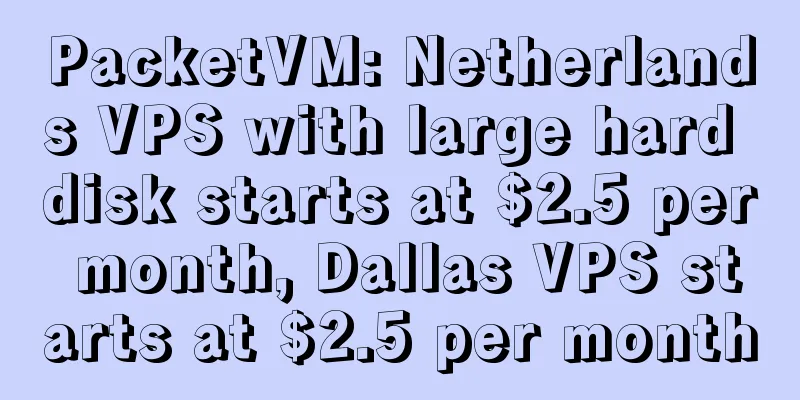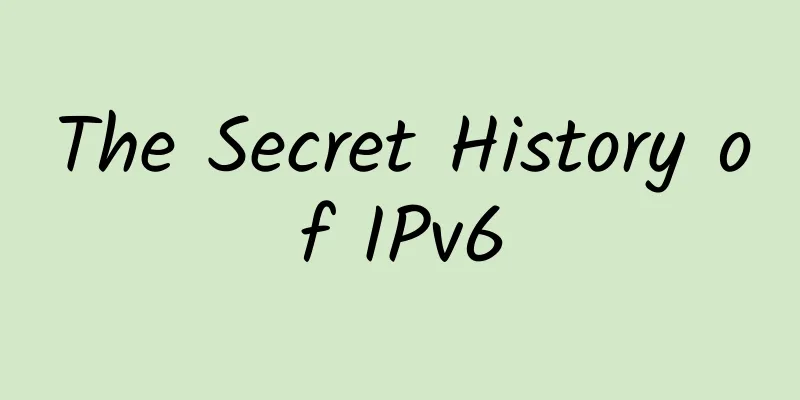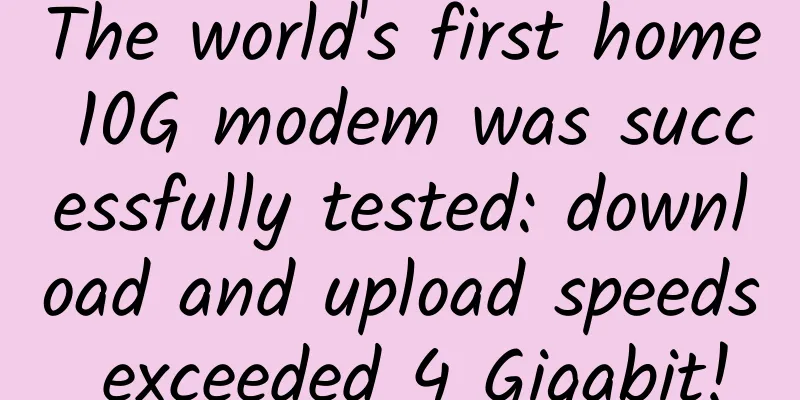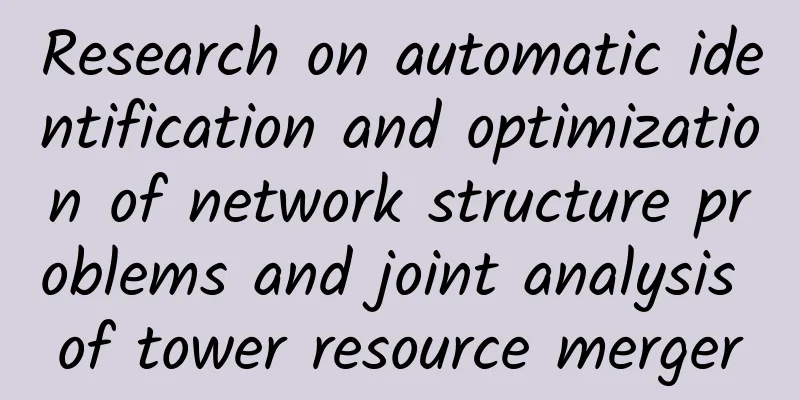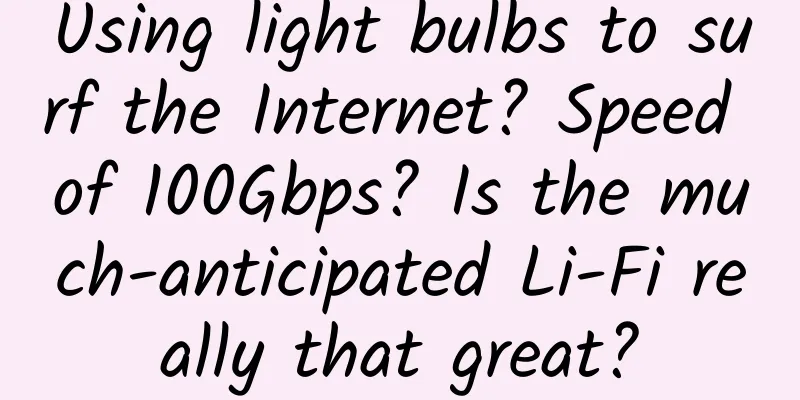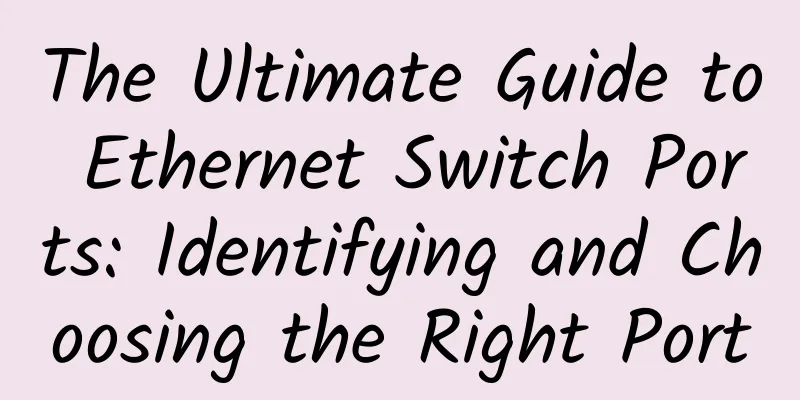The "5G messages" of the three major operators are about to be commercialized. What impact will it have on SMS and WeChat?
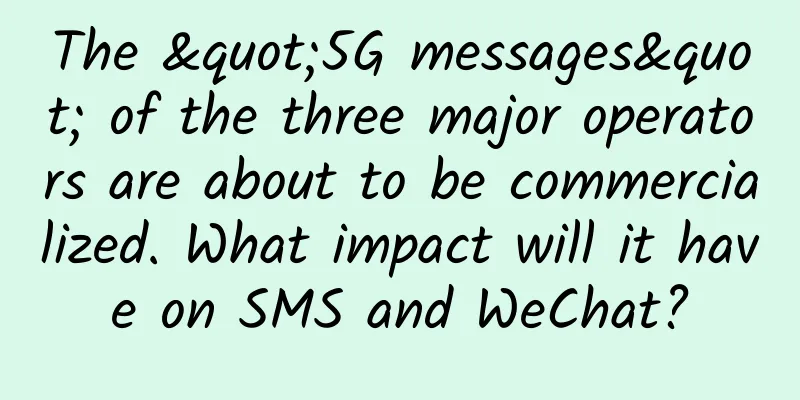
|
At the 5G Message High-level Forum of the China International Information and Communication Exhibition held recently, relevant sources revealed that "5G Message" may be trial-launched nationwide in mid-to-late October this year. In April last year, the three major operators jointly released a 5G Message White Paper, claiming that they would promote the upgrade of traditional text messages and demonstrated the application of 5G messages in personal and corporate scenarios. Perhaps the first exclusive application scenario of 5G is about to arrive. In layman's terms, this is an upgrade of the built-in SMS in our mobile phones. You don't need to download an additional APP, but it supports the sending of text, pictures, audio and video, emoticons, online payment and other functions. It is a service provided by operators, which is different from the chat software we commonly use now, such as WeChat, QQ, etc. Personally, I think 5G messages should not be compared with SMS and WeChat. Let’s talk about SMS first. The entrance to 5G messages is also the entrance to SMS, so there is no such thing as “what to do with SMS”. Just like taking a bus, after the payment system is upgraded, many young people now scan the code to get on the bus, or directly swipe the phone NFC to get on the bus, but this does not mean that the way to pay cash for the bus no longer exists. Whether it is QR code payment or NFC payment, the essence is to pay for the user’s travel needs. After the upgrade, it is just an increase in payment methods and payment channels, which solves the user’s online service needs for travel (no change), but when you encounter emergencies such as a dead phone or no phone, you will find that cash is still very attractive. Similarly, when you feel that you do not need 5G message services for the time being, the original SMS still exists as an option in the information service interface. When there is only 2G network, you will also feel that text messages are really usefulThe same is true for SMS. 5G messages are an upgrade to the mobile phone inbox. On the basis of the single text function of SMS, they add a variety of rich media such as voice, pictures, videos, emoticons, payment, and location, allowing it to get rid of the embarrassing identity of being limited to sending and receiving notification messages, and have richer and more diverse scene service capabilities. For example, the first government unit to access 5G messages is the Administrative Service Hall in Nanshan District, Shenzhen. Citizens can complete business appointments, queue up for numbers, query results and other business processes through the upgraded SMS window; extending to other industries, 5G messages can also help enterprises and institutions realize various scene services based on their own business needs. As for WeChat, there are still essential differences between it and 5G messages. First of all, in terms of application entry, 5G messages, as an upgrade of SMS, is the operating software of the native system of the mobile phone, a first-level application entry, and a "born-in-the-box" application that cannot be uninstalled or installed; while WeChat requires users to install application software by themselves, which belongs to the second-level application entry. Secondly, in terms of application positioning, WeChat is essentially a C2C social software, which has derived more functional applications under its strong social attributes; 5G messages also have social attributes. The era when people used SMS as the first choice for information communication is still vivid in our memory. Now, with the help of 5G messages, individual users can even use private chats, emoticons, pictures, videos, etc. on the SMS interface. However, it is worth noting that the current user social habits have already shifted to the WeChat "battlefield", so the focus of 5G messages since its birth has been on B2C communication between industry users and individual users, and the two have different focuses; Furthermore, from the perspective of application ecology, WeChat's industry applications are more realized through official accounts and mini-programs. Both official accounts and mini-programs need to run under the WeChat ecosystem. If your network restricts the use of WeChat or WeChat is uninstalled, you cannot operate it. If industry users want to send messages to their member users through WeChat, they need to search and follow the official account first. At the same time, the exposure of the message is also affected by the type of official account. For example, subscription accounts cannot update the latest news on the WeChat message page, and users need to click twice, which greatly reduces the exposure. 5G messages inherit many natural advantages of SMS, such as native applications, no need to follow, high reach, etc. In 5G messages, which is a more open ecosystem than WeChat, enterprises can directly push messages to its member users. Users can obtain information and even services in one step without following or searching, saving operating costs; for enterprises, 5G messages have a bigger selling point, which is that they support link jumps of enterprise applications in the SMS system at the same time, and are neutral (after all, the WeChat ecosystem only supports jumps to Tencent's or related business systems, and links to competitor platforms are all blocked. For example, users can never jump directly to the Taobao platform in WeChat, which is proof that it is unlikely to be realized at present). In the 5G message ecosystem, enterprises do not have this concern. Merchants can arbitrarily set direct jumps for diversion links for their own platform systems without having to rely on a single platform to develop separate programs. In general, WeChat and 5G messaging do not constitute a strong benchmarking relationship from the root. One focuses on social networking, and the other focuses on industry applications, emphasizing the industry users' access to individual users and native barrier-free services. Moreover, 5G messaging has never been about benchmarking or defeating anyone. Its launch is just to give the market an additional choice and service path for industry users; it gives individual users an additional channel to receive information and an additional tool for smart life. So, what is the potential of 5G messaging, which has been dubbed as "a new outlet for traffic" and "the first killer application", in various industries? Let’s take a look at the application scenarios of 5G messages in some industries. subwayFrom the moment a passenger enters the subway, 5G messages related to the subway will be pushed to the passenger's mobile phone. After the passenger enters the ticket purchase platform through 5G messages, the platform will automatically locate the passenger's location and push relevant subway line recommendations to the passenger. When the passenger enters the destination in the message interface, the system will automatically identify and display the fare and ticket purchase options for the passenger. After the passenger pays successfully, the system pushes the electronic ticket QR code to the 5G message dialog box, and the passenger can use the QR code to scan and enter the station. In addition, 5G messages also include convenient service query functions such as subway line maps, detailed shuttle bus arrival times, first bus and last bus times. carWith the help of 5G message rich media presentation, the company presents vehicle information in the form of video, picture, and text, and uses Jiaxin customer service 5G message to send it to the mobile phones of intended users. Different from the previous text messages, multi-faceted and multi-level voice, picture, and video information has a strong visual sensory effect, which can further stimulate the user's desire to buy. When the user has the intention to buy, he can make an appointment for a test drive on the 5G message. The company directly provides pre-sales service on the 5g message, undertakes the subsequent marketing results, forms a closed transaction loop, and improves the marketing conversion rate. In addition, companies can create different cards for push notifications based on different intended users, transforming the extensive marketing model into precision marketing for different users. It is believed that 5G messages with strong reach will be a new entry point for corporate marketing. Smart TaxationThe tax bureau sends business portals to users through 5G messages. When users enter the interface, they can see various common business cards. By clicking on the business card they need to handle, they can make an appointment to handle the business or query the information required for handling the business. When the taxpayer cannot be present to handle the business, they can initiate a video remote tax handling request on the 5G message. 5G messages can support the tax bureau and the taxpayer to "remotely handle taxes" by combining video customer service functions, allowing the tax bureau to "try to save taxpayers from having to run once" and also strive to make taxpayers' tax handling more convenient. Government ServicesWhen an emergency occurs, time is money and efficiency is life. During the rescue, the relevant departments send 5G messages to complete the injured patient information and location information, which facilitates the ambulance to locate the injured patient in real time and optimize the subsequent treatment process. The correct first aid guide video is sent in the 5G message to guide the rescuer to save himself, effectively improving the success rate of first aid. In addition, the government sends common government business information guidance guides through 5G messages, including a series of common business information such as litigation, household registration, and employment, to facilitate residents to quickly handle business operations. This form reduces the consultation work of some government staff and is conducive to creating convenient government services that integrate life services. Regarding the application of 5G messages, I have only listed a part of them here. There is still a lot that 5G messages can do. As the 5G message ecosystem matures and improves, 5G messages will cover the entire industry and be widely used in various industries. This shows that the commercial use of 5G messages will still have an impact on SMS and WeChat to a certain extent. After a period of verification, the ultimate goal is to make traffic profitable and let information find its best channel. According to the known information, mobile phone products of brands such as Huawei, Xiaomi, OPPO, vivo, and Samsung have passed the functional test of "5G messages", and the three major operators are also deploying them in full swing. What will the final model of "5G messages" be and how will it be charged? I believe that there will be answers soon. With a fresh blood injected into the development of 5G, it may deepen users' understanding of 5G technology and hopefully become a highlight in the history of building a 5G ecosystem in the future. |
<<: AT&T uses Frontier's fiber for enterprise sales and 5G
>>: How AI and 5G will drive the next wave of innovation
Recommend
GreenCloudVPS 8th Anniversary Event, 50% off on annual VPS
GreenCloudVPS released an email about its 8th ann...
Why are IDC companies keen on entering the broadband access network field?
Since the country launched the pilot business of ...
Cisco releases innovative Webex features to improve employee efficiency and help companies return to work safely
October 13, 2020, Beijing - The COVID-19 pandemic...
VMISS VPS 20% off, Hong Kong/Korea/Japan/Los Angeles etc. starting from 21 yuan/month, CN2 GIA/9929/CMIN2 lines available
Canadian hosting provider VMISS currently offers ...
5G backhaul will become the next growth point in the field of optical communications
According to industry insiders, 5G mobile service...
IT spending priorities for 2020
The role of the CIO has become a transformational...
git clone network speed is too slow, what to do, teach you how to solve
How to speed up git clone Do you often use git to...
ElasticSearch IK Tokenizer Quick Start
1. Install IK word segmenter 1. Allocate a pseudo...
ZJI: Hong Kong Kwai Wan cluster server is online, bandwidth upgraded to 2C segment 120 IP monthly payment from 1120 yuan/month
ZJI has newly launched the Hong Kong Kwai Wan Dat...
TCP network stuff! Three-way handshake, four-way handshake, TIME-WAIT, HTTP 2.0 ....
[[419435]] Hello everyone, I am Tom~ Today I will...
How is IPv6 represented? How is IPv4 converted to IPv6?
IPv6 has been gradually applied, and now many ope...
How to choose DCIM, a data center infrastructure management tool?
DCIM (Data Center Infrastructure Management) is a...
WiFi roaming is seriously lagging. How to effectively improve it and achieve seamless roaming?
User satisfaction with Wi-Fi depends in part on w...
Mobile data will no longer charge roaming fees? You may even spend more money because of it
Starting from July 1, the mobile data roaming cha...
5G enables the industrial Internet to flourish
[[441504]] 5G remote ultrasonic robot diagnostic ...
